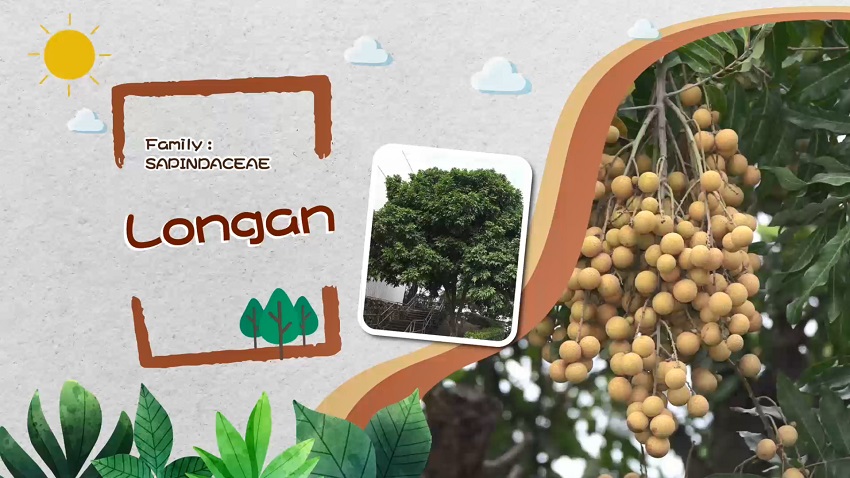| Origins | South China, including Guangdong, Guangxi, Yunnan, Hainan and Fujian provinces. |
|---|---|
| Applications | Longan is a common seasonal fruit in summer. As an important economic crop, it is cultivated in southern China and other tropical regions. Besides, it was one of the tribute items offered from the South during the Han dynasty. When savouring this “tribute”, does a certain riddle ever come to your mind? “A small fat buddy, conceals black jewellery. Peels off yellow body, shows its white tummy.” The “black jewellery” referred to the seed of the Longan, but what is the “white tummy” that we eat? The structure is not the flesh of the fruit, but rather the aril on the outer layer of the seed, which is developed from the funicle. |
| Meanings of name | There are many stories about the origin of its Chinese name “Dragon’s Eye (龍眼)”. The most reasonable one refers to its seeds, which are round, black and bright, resembling the eyes of a dragon. Compendium of Materia Medica (Bencao Gangmu) written by LI Shizhen in the Ming Dynasty stated “Dragon’s eyeballs, dragon’s eyes, pictograph”, which explains that the name of the species is derived from the seed shape. |
| Longan and Lychee | Poet of Song-Dynasty SU Dongpo once wrote, “Longans and lychees, descendants of the same father. Just like mandarins and tangerines, hardly identify by their appearance.” It can be revealed that the ancient people were also confused by the similar appearances of these two species. In the seasons when the flowers or fruits are absent, its identity can be observed through the leaves: the leaflets in Longan usually range from 4 to 5 pairs, with the base of the leaflets rather oblique; Lychee usually has 2 to 3 pairs of leaflets, with rare occurrences of 4 pairs, also with a more symmetrical base of leaflet. Furthermore, the bark of the Longan shows irregular longitudinal cracks, while the Lychee does not show longitudinal cracks. |










